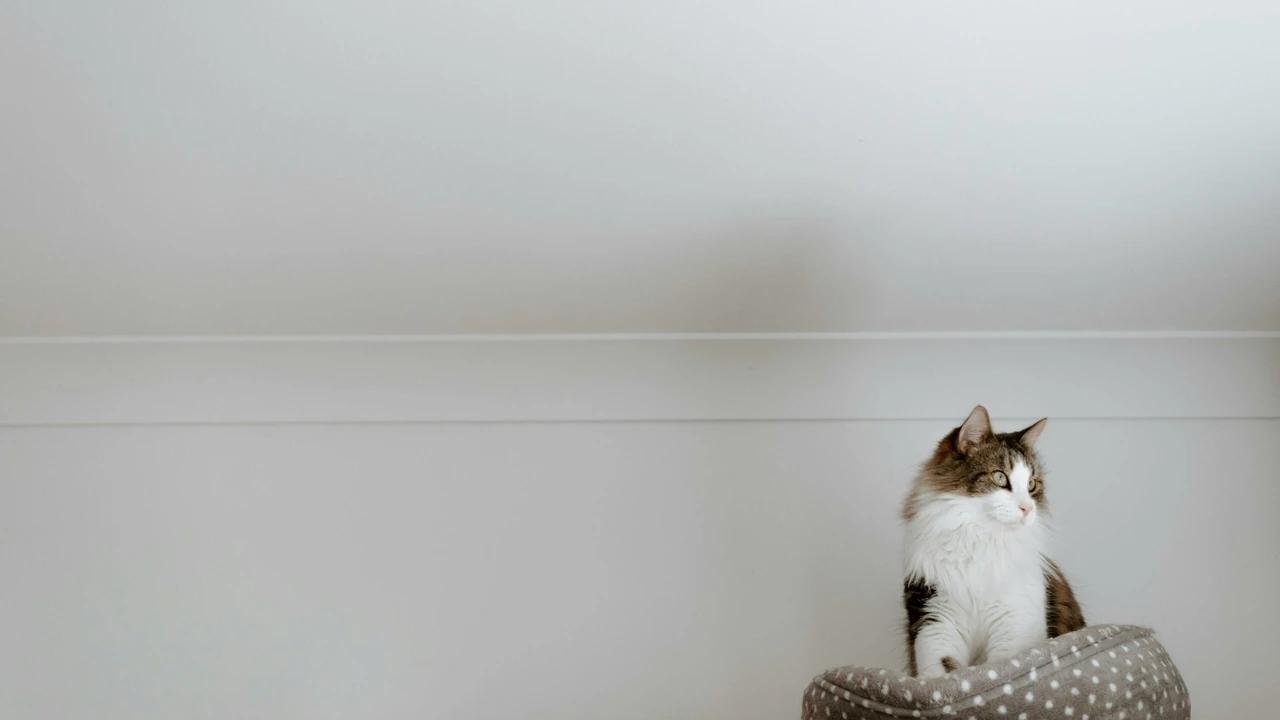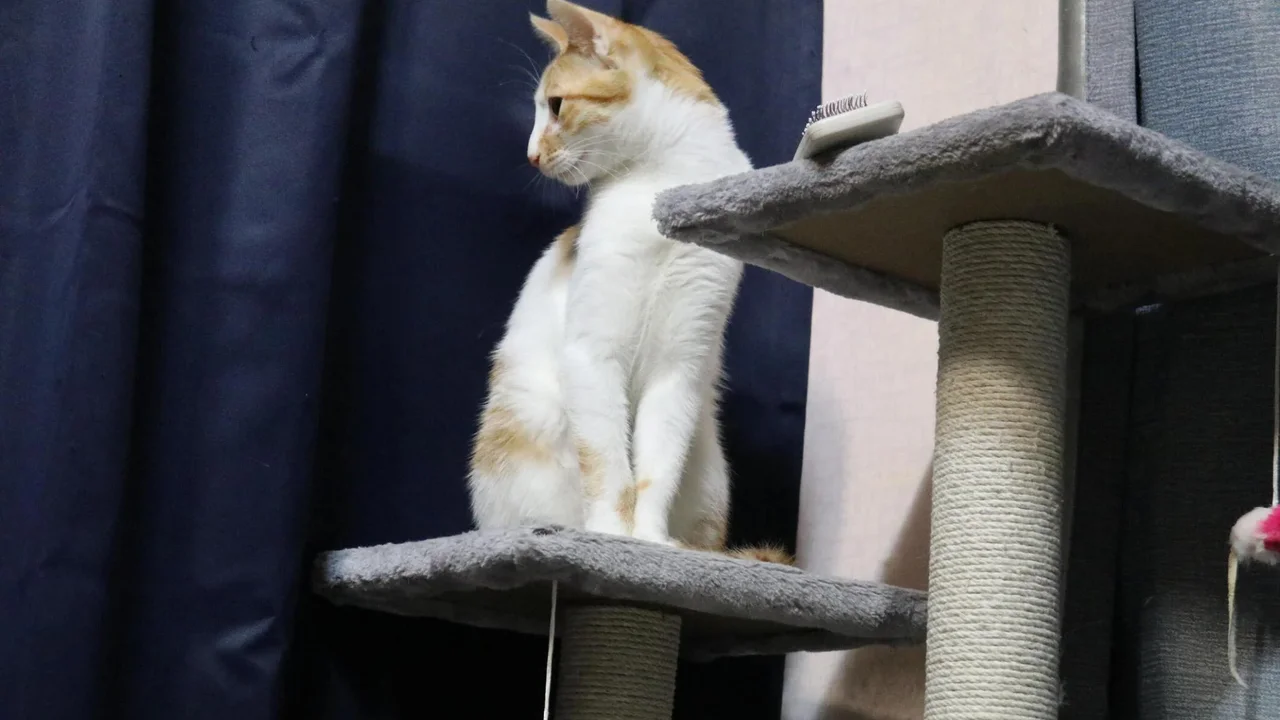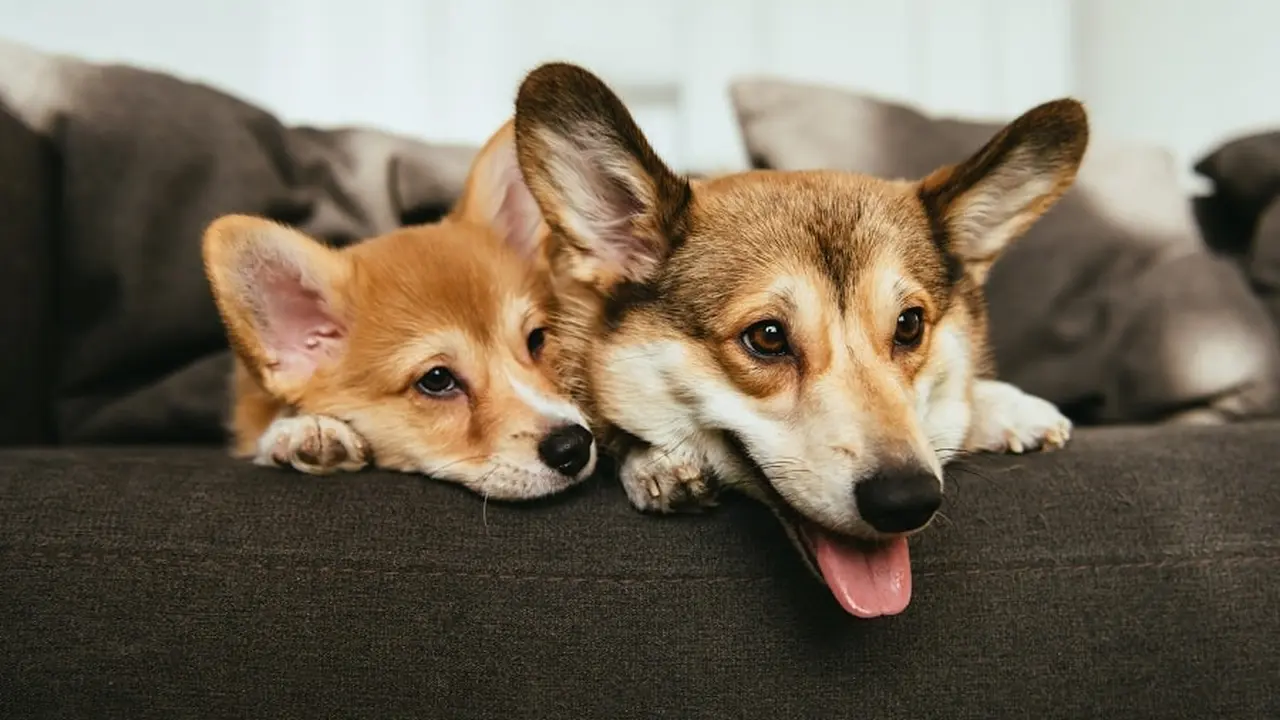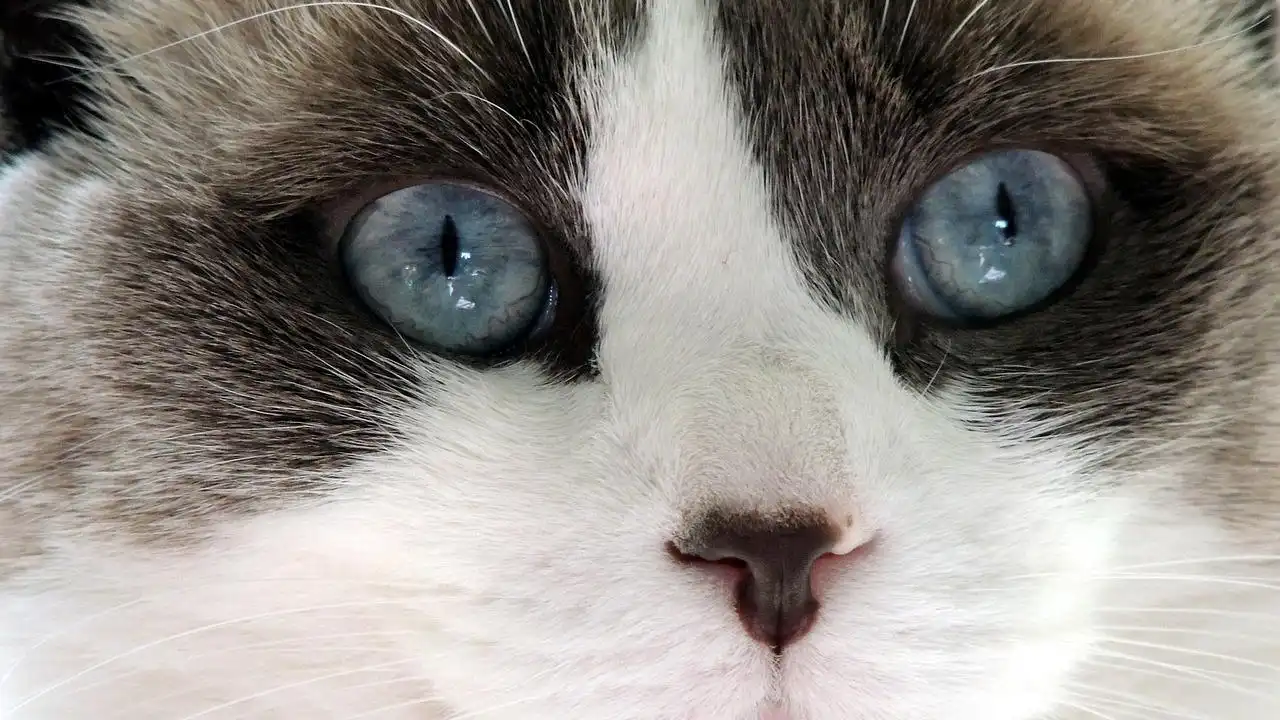5 Small Pets That Are Easy to Care For
Want a low-maintenance pet? These small animals are easy to care for. Discover pets that require minimal effort. Enjoy the companionship of a low-maintenance pet.
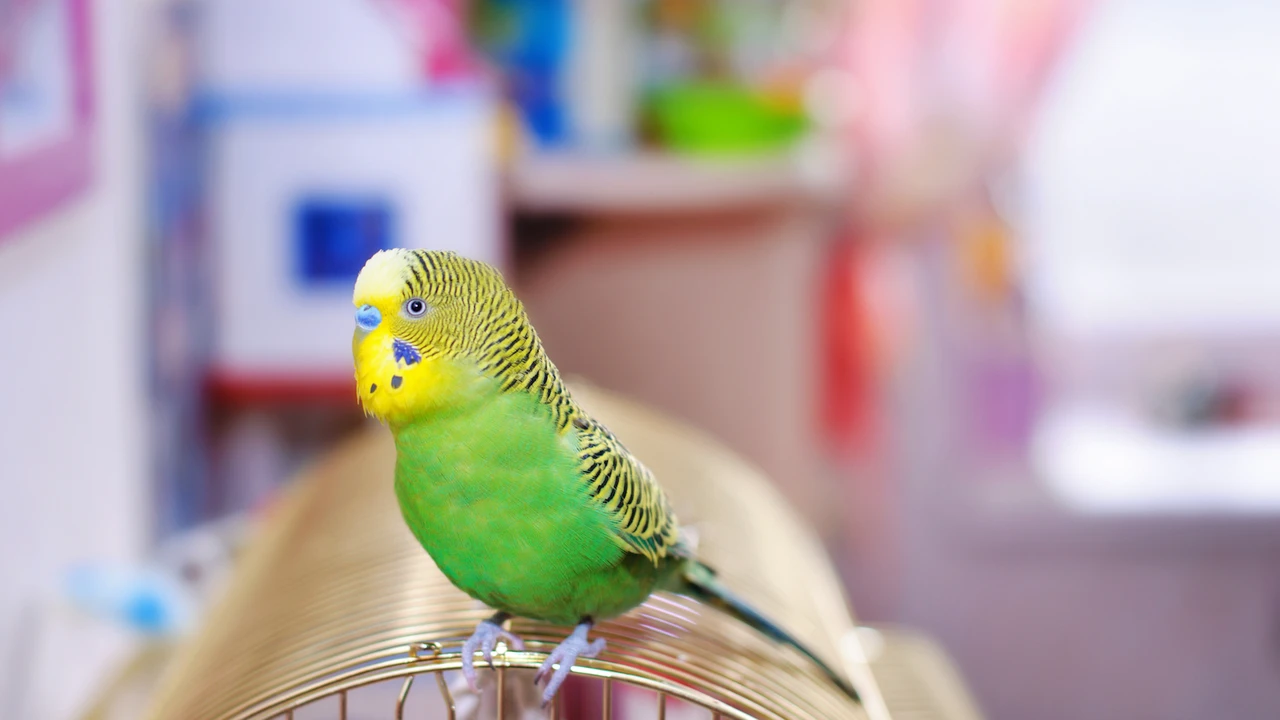
Low Maintenance Pets Overview Easy Care Options
So, you're thinking about getting a pet but the idea of endless vet visits, complicated diets, and constant attention sounds like a nightmare? Don't worry! There are plenty of small pets that are surprisingly easy to care for. We're talking about companions that won't break the bank, won't demand hours of your time, and will still bring a whole lot of joy to your life. This isn't about neglecting animals; it's about finding the right fit for your lifestyle. Let's dive into some of the easiest small pets to care for, and explore the specifics on how to keep them happy and healthy.
Guinea Pigs The Social and Simple Pet
Guinea pigs are social butterflies! They thrive on interaction, making them surprisingly engaging pets. But don't let their sociability fool you – they're relatively simple to care for. Here's the lowdown:
Guinea Pig Housing and Habitat Easy to Clean Cages
A spacious cage is key. Think bigger is better! A minimum of 7.5 square feet for two guinea pigs is recommended. Opt for a cage with a solid bottom (wire bottoms are uncomfortable and can injure their feet). Bedding is crucial – paper-based bedding, fleece liners, or aspen shavings are good choices. Avoid cedar and pine shavings, as they contain oils that can be harmful. Spot clean the cage daily and do a full cleaning once a week. This involves replacing all the bedding and washing the cage with warm, soapy water. Popular cages include the Midwest Guinea Pig Habitat (approx. $70) and C&C cages which you can build yourself for a customized size. Fleece liners, like those from GuineaDad (approx. $30 each), are reusable and absorbent, reducing waste.
Guinea Pig Diet and Nutrition Simple Feeding Guide
Guinea pigs are herbivores, meaning they eat plants. Their diet should consist primarily of high-quality guinea pig pellets, fresh hay (Timothy hay is a must!), and fresh vegetables. Pellets should be a supplement, not the main part of their diet. Hay is essential for their digestive health and should be available at all times. Offer a variety of fresh vegetables daily, such as leafy greens (romaine lettuce, kale), bell peppers (a good source of vitamin C!), and carrots. Avoid iceberg lettuce (low in nutrients) and starchy vegetables like potatoes. A good guinea pig pellet, like Oxbow Essentials Guinea Pig Food (approx. $20 for a 10lb bag), ensures they get the vitamins and minerals they need. A constant supply of Timothy Hay, such as Kaytee Timothy Hay (approx. $15 for a 96 oz bag), is essential. A ceramic food bowl (approx. $5) is heavy enough to prevent them from tipping it over.
Guinea Pig Health Basic Care and Prevention
Guinea pigs are prone to certain health issues, but many can be prevented with proper care. Vitamin C deficiency is a common problem, so make sure they get enough vitamin C in their diet (bell peppers are great!). Dental problems are also common, as their teeth are constantly growing. Providing plenty of hay helps wear down their teeth. Regularly check their feet for sores or injuries. Nail trimming is also necessary every few weeks. A small animal nail clipper (approx. $8) is all you need. A vet checkup once a year is a good idea to catch any potential problems early. Look for a vet who specializes in exotic animals.
Rats Intelligent and Trainable Companions Easy to Bond With
Don't let the stigma fool you! Rats are incredibly intelligent, clean, and affectionate pets. They're also surprisingly easy to care for, especially compared to larger animals. They can even be trained to do tricks!
Rat Housing and Environment Comfortable and Safe Setups
Rats need a cage that's both spacious and secure. Vertical space is important, as they love to climb. A multi-level cage is ideal. The cage should have a solid bottom to protect their feet. Wire floors can lead to injuries. Provide plenty of enrichment, such as hammocks, tunnels, and toys. Rats are social animals, so it's best to keep them in pairs or small groups. A good cage option is the Critter Nation Double Unit Small Animal Cage (approx. $200), which provides ample space for multiple rats. Hammocks, like those from Etsy sellers (approx. $15 each), are a rat favorite. A silent spinner wheel (approx. $20) provides exercise.
Rat Diet and Feeding Balanced and Simple Meals
Rats are omnivores, meaning they eat both plants and animals. A high-quality rat block should make up the majority of their diet. Supplement with fresh vegetables, fruits, and occasional treats. Avoid sugary and fatty foods. A good rat block, like Oxbow Essentials Rat Food (approx. $20 for a 3lb bag), provides a balanced diet. Offer small amounts of fresh vegetables and fruits daily, such as broccoli, apples, and bananas. A ceramic food bowl (approx. $5) is a good choice. A water bottle (approx. $7) should be cleaned and refilled daily.
Rat Health and Hygiene Basic Care Routines
Rats are generally healthy animals, but they are prone to certain health issues. Respiratory infections are common, so keep their cage clean and well-ventilated. Tumors are also a concern, especially in older rats. Regularly check your rat for any lumps or bumps. Keep their nails trimmed to prevent them from scratching themselves. Rats are very clean animals and groom themselves regularly. You don't need to bathe them unless they get particularly dirty. A vet checkup once a year is a good idea. Look for a vet who specializes in exotic animals.
Leopard Geckos Low Maintenance Reptiles Simple Enclosures
Want a reptile without all the fuss? Leopard geckos are a fantastic choice! They're docile, handleable, and relatively easy to care for, making them a great pet for beginners.
Leopard Gecko Habitat and Setup Easy to Maintain Enclosures
A 20-gallon long tank is sufficient for one leopard gecko. Provide a warm side and a cool side to allow them to regulate their body temperature. Use a heat mat under the tank on the warm side. Avoid heat rocks, as they can cause burns. Provide several hides on both the warm and cool sides. Substrate can be paper towels, reptile carpet, or tile. Avoid sand, as it can cause impaction if ingested. A thermometer and hygrometer are essential for monitoring temperature and humidity. A good starter kit, like the Exo Terra Leopard Gecko Starter Kit (approx. $150), includes all the basics. A heat mat, like the Zoo Med ReptiTherm Under Tank Heater (approx. $20), is essential. Hides, like the Exo Terra Reptile Cave (approx. $15), provide security.
Leopard Gecko Diet and Nutrition Insect Based Diet
Leopard geckos are insectivores, meaning they eat insects. Their diet should consist primarily of crickets and mealworms. Dust the insects with calcium and vitamin D3 supplements. Offer insects every other day. A good calcium supplement, like Rep-Cal Calcium with Vitamin D3 (approx. $10), is essential. Mealworms can be kept in a container in the refrigerator. Crickets can be purchased from a pet store. A shallow dish of water should be available at all times.
Leopard Gecko Health Simple Care and Handling
Leopard geckos are generally healthy animals, but they are prone to certain health issues. Metabolic bone disease (MBD) is a common problem caused by calcium deficiency. Ensure they are getting enough calcium and vitamin D3 in their diet. Impaction can occur if they ingest substrate, such as sand. Avoid using sand as a substrate. Shedding problems can occur if the humidity is too low. Provide a humid hide to help them shed properly. A vet checkup once a year is a good idea. Look for a vet who specializes in reptiles.
Betta Fish Low Maintenance Aquatic Pets Simple Tank Setups
Looking for an aquatic pet that doesn't require a massive tank and constant water changes? Betta fish, also known as Siamese fighting fish, are a beautiful and relatively easy to care for option.
Betta Fish Tank Setup Small Tank Options
While bettas can survive in small bowls, they thrive in larger tanks. A 5-gallon tank is a good minimum size. A filter and heater are essential for maintaining water quality and temperature. Bettas prefer warm water (around 78-82°F). Decorate the tank with plants and hiding places. Avoid sharp decorations that can tear their fins. A good starter kit, like the Fluval Flex Aquarium (approx. $80), includes a filter and LED lighting. A heater, like the Aqueon Preset Heater (approx. $15), is essential. Live plants, like Anubias and Java Fern, provide enrichment and help maintain water quality.
Betta Fish Diet and Feeding Simple Feeding Schedules
Bettas are carnivores and require a high-protein diet. Feed them betta pellets or flakes specifically designed for bettas. Supplement with occasional treats like bloodworms or brine shrimp. Avoid overfeeding, as this can lead to health problems. A good betta pellet, like Fluval Bug Bites Betta Formula (approx. $8), provides a balanced diet. Frozen bloodworms, like San Francisco Bay Brand Frozen Bloodworms (approx. $10), are a good treat. Feed them a small amount once or twice a day.
Betta Fish Health Simple Water Changes
Bettas are prone to certain health issues, such as fin rot and ich. Maintain good water quality by performing regular water changes. A 25% water change once a week is generally sufficient. Use a water conditioner to remove chlorine and chloramine from the tap water. Avoid sudden changes in temperature or water parameters. A water conditioner, like Seachem Prime (approx. $10), is essential. A siphon, like the Aqueon Siphon Vacuum Gravel Cleaner (approx. $15), makes water changes easier.
Hermit Crabs Unique and Easy to Maintain Pets
Hermit crabs are fascinating creatures that are surprisingly easy to care for. They're low-maintenance and don't require a lot of space, making them a great pet for beginners.
Hermit Crab Habitat and Environment Simulating Their Natural Habitat
A 10-gallon tank is sufficient for a few small hermit crabs. Provide a substrate of sand and coconut fiber. Maintain a high humidity level (around 70-80%). Provide two shallow dishes of water: one with fresh water and one with saltwater. Provide a variety of empty shells for them to choose from. They need to be able to move to larger shells as they grow. A good starter kit, like the Tetra Deluxe Hermit Crab Kit (approx. $60), includes the basics. A heat mat, like the Zoo Med ReptiTherm Under Tank Heater (approx. $20), is needed to maintain temperature. Extra shells, like those from Etsy sellers (approx. $10 for a set), are essential.
Hermit Crab Diet and Feeding Variety of Food Options
Hermit crabs are scavengers and will eat a variety of foods. Offer them commercial hermit crab food, as well as fresh fruits, vegetables, and protein sources. Avoid foods that are high in salt or sugar. A good commercial hermit crab food, like Zoo Med Hermit Crab Food (approx. $7), provides a balanced diet. Offer small amounts of fresh fruits and vegetables, such as apples, bananas, and carrots. Protein sources can include cooked chicken or fish.
Hermit Crab Health Simple Care Tips
Hermit crabs are generally healthy animals, but they are prone to certain health issues. Stress can be a major factor in their health. Provide them with a comfortable and secure environment. Molting is a stressful process, so avoid disturbing them during this time. A vet checkup is generally not necessary unless they are showing signs of illness.
Final Thoughts Choosing the Right Easy Care Pet
Choosing a pet is a big decision, even if it's a "low-maintenance" one. Each of these small animals has its own unique needs and personality. Do your research, consider your lifestyle, and choose the pet that's the best fit for you. You'll be rewarded with a loving companion that brings joy to your life without overwhelming your time or budget.
:max_bytes(150000):strip_icc()/277019-baked-pork-chops-with-cream-of-mushroom-soup-DDMFS-beauty-4x3-BG-7505-5762b731cf30447d9cbbbbbf387beafa.jpg)



